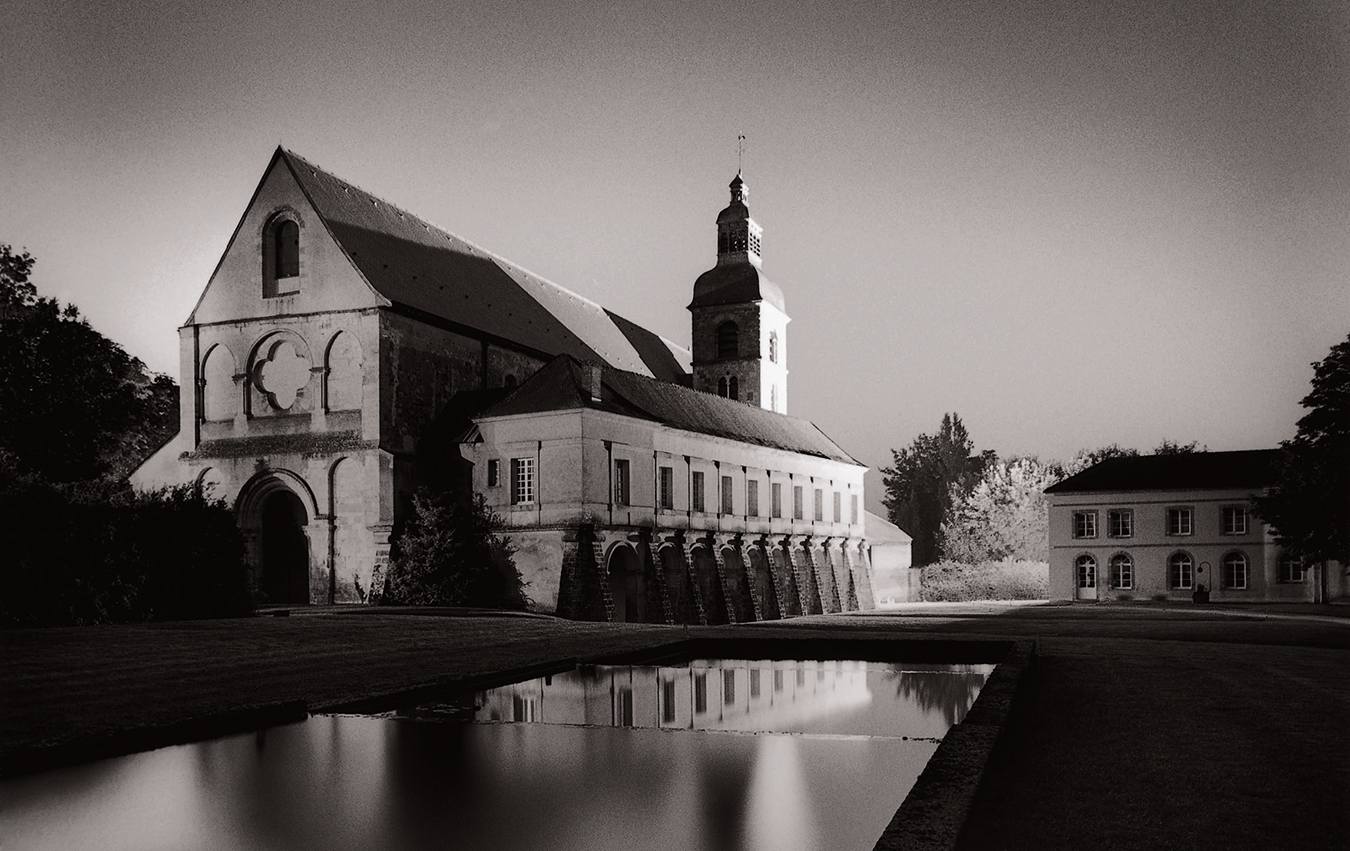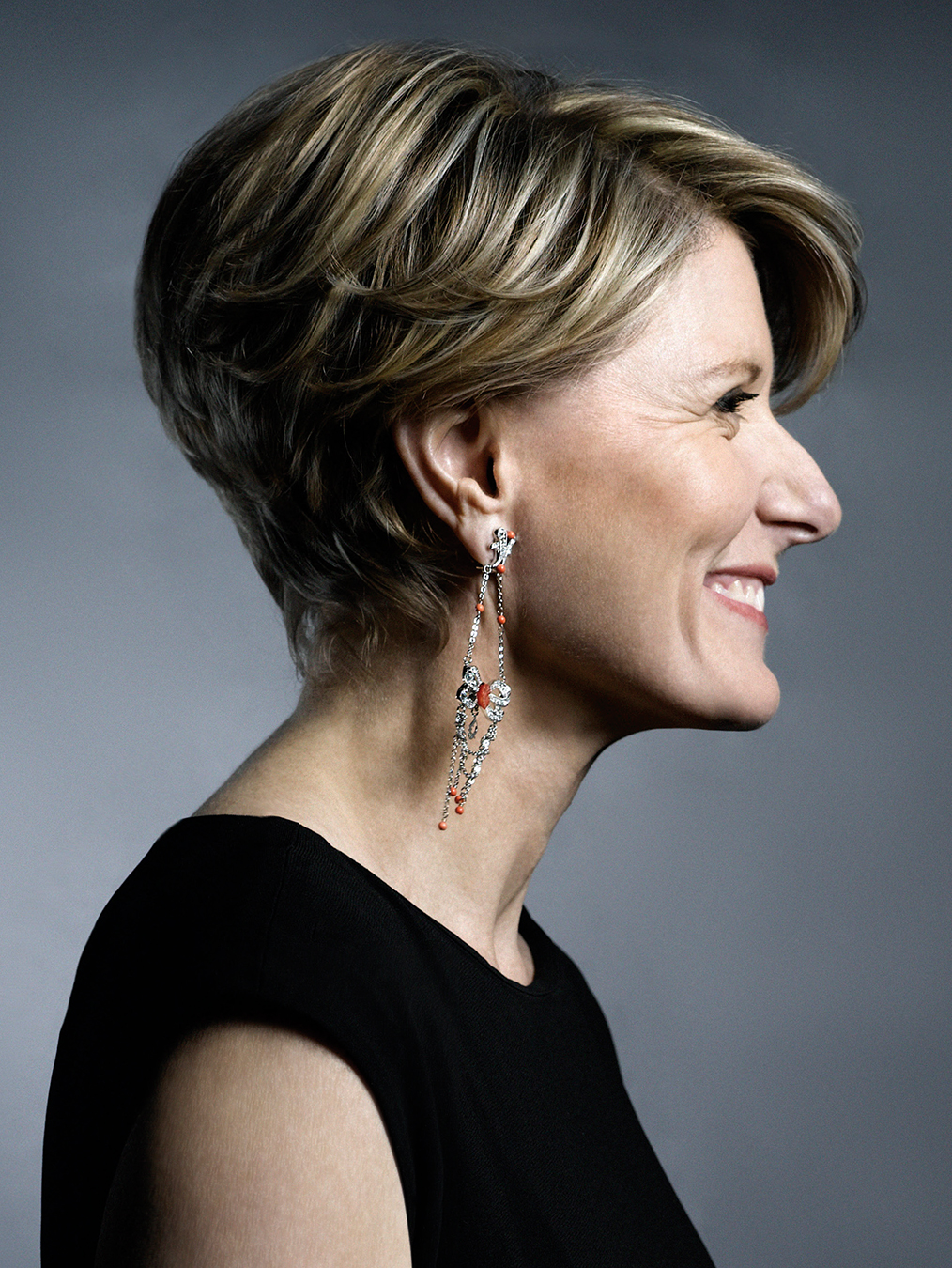-
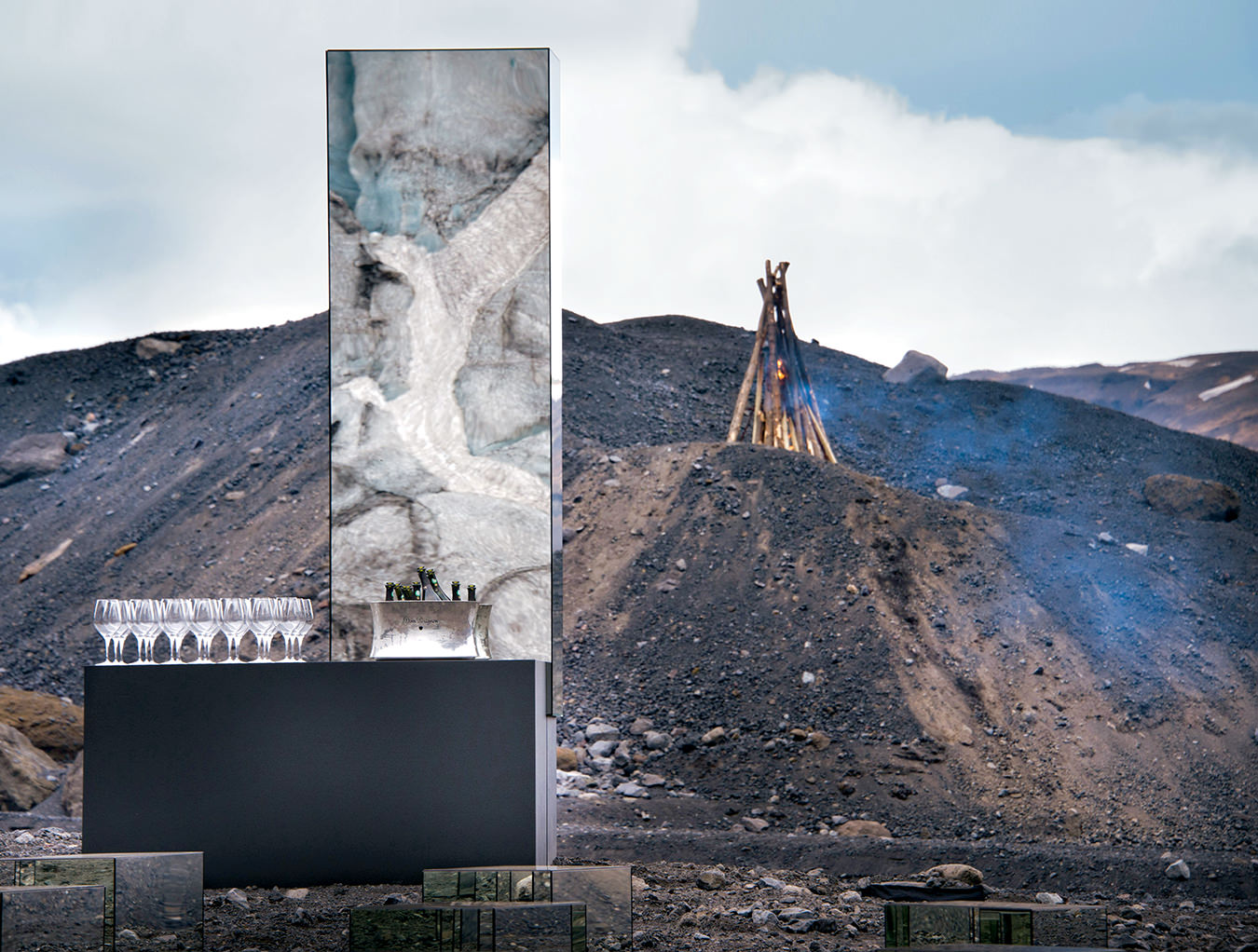
The Dom Pérignon P2 reveal on the Gígjökull glacier in southern Iceland.
-

Dom Pérignon P2, 1998.
-
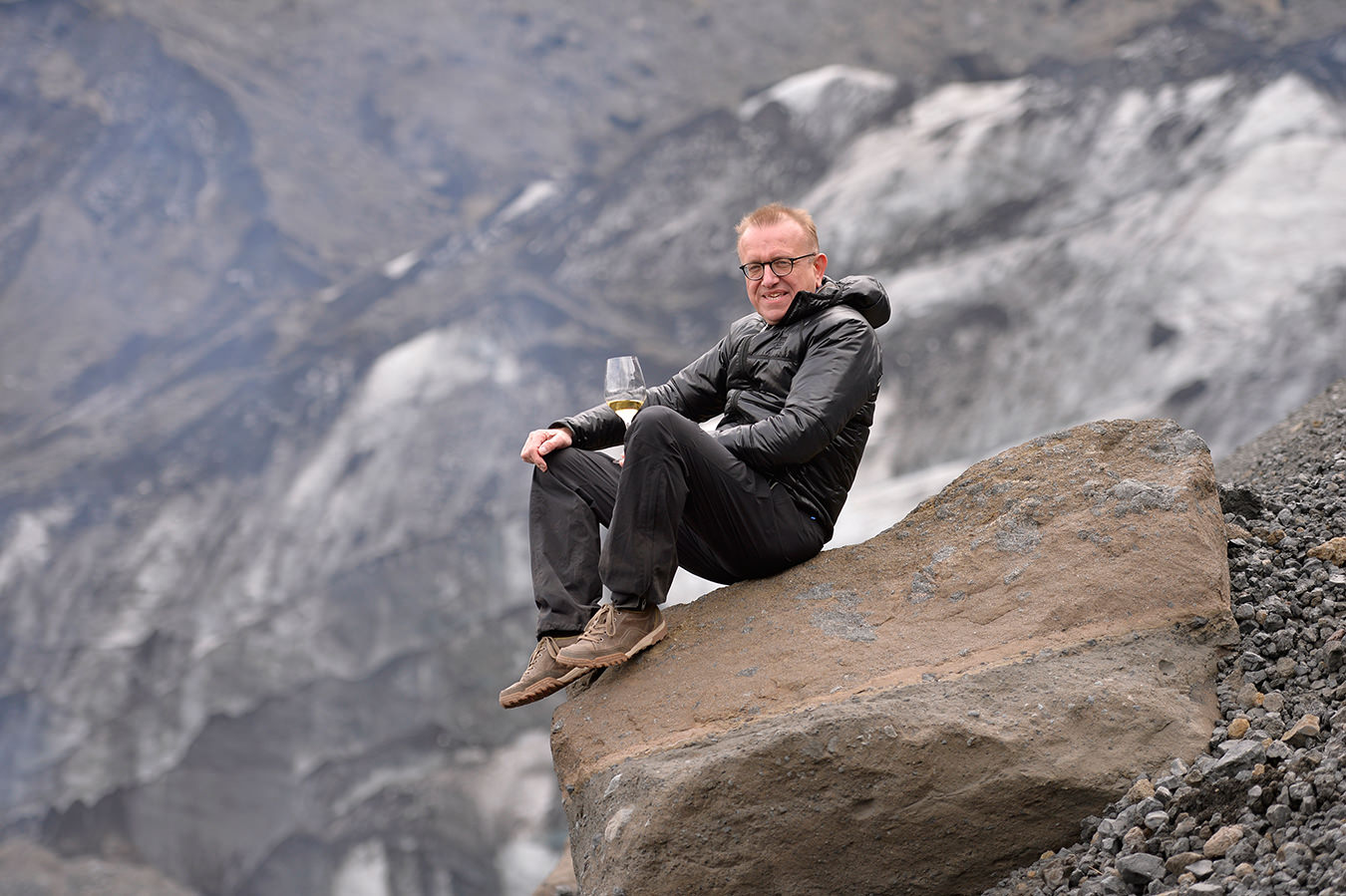
Chef de cave Richard Geoffroy at Gígjökull Glacier.
-
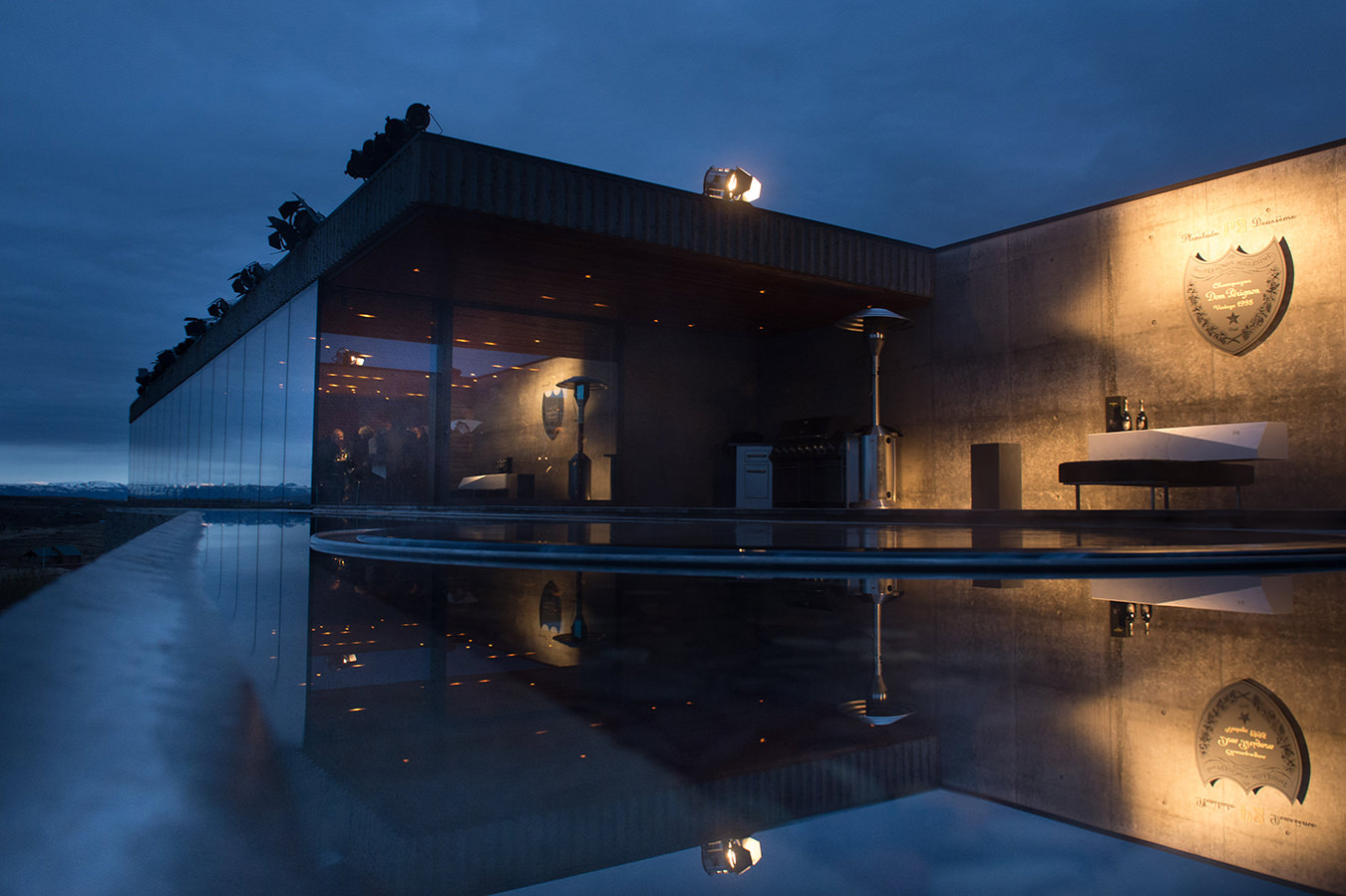
A secret reveal dinner for the new Dom Pérignon vintage, P2.
Dom Pérignon P2
A prestige cuvée.
Dom Pérignon is, quite possibly, the most famous champagne on Earth. It is, undoubtedly, the most recognizable wine of any kind. Its very label and bottle design have been icons for almost a century, and during this time very little about Dom Pérignon has changed. Until now.
“Dom Pérignon P2, 1998!” exclaims Richard Geoffroy, chef de cave for Dom Pérignon, as he raises his glass in celebration at the maison’s reveal on the Gígjökull glacier in southern Iceland, adding that it’s a highly anticipated moment in the history of Dom Pérignon.
The Dom Pérignon history dates back to the 17th century when, legend has it, a Benedictine monk, Dom Pierre Pérignon, first crafted the bubbly brew at the abbey of Saint-Pierre d’Hautvillers, overlooking the town of Épernay, in the region called Champagne. “Come quickly, I am drinking stars” were the cellar master Pérignon’s supposed words when he first tasted the effervescent wine. The image of a marvellous monk working alone in a dim cellar creating the world’s favourite festive drink is compelling. To understand what makes a wine like P2 so rarefied, it is necessary to appreciate how champagne is made.
Essentially, grapes are harvested from vineyards in Champagne and made into numerous wines. By law, only chardonnay, pinot noir, and pinot meunier can be used for champagne, but unlike most other champagne producers, Dom Pérignon does not use pinot meunier. Each champagne producer has a consistent style, and Dom Pérignon’s—intense, full-bodied, hedonistic—is distinctive. The blended still wine is bottled and aged for a time. Some yeast and sugar are added, and when the yeast eats the sugar a second fermentation occurs, the one that produces the bubbles. When all the sugar is consumed, the yeast dies but remains in the bottle. During this time, the champagne ages—“rests on its lees” is the industry vernacular—for a minimum of seven years before riddling (bottles are gradually rotated, allowing any sediment to settle in the neck of the bottle) and disgorgement (yeast remnants and sediment are removed). For Dom Pérignon, quality reigns over financial concerns when creating the absolute best product, so if a vintage is not up to Geoffroy’s standards, no Dom Pérignon will be released that year. (On average, six vintages are released each decade.)
“The strength of Dom Pérignon wine is very complex,” Geoffroy explains. “There are so many layers, yet the wine’s got to be perfectly right.” Geoffroy is a man deeply passionate about the quirks of the land and the grapes it produces. He doesn’t just make wine with bubbles; he’s a craftsman, working toward nothing less than a Platonic ideal. Since 1990, Geoffroy has been the main repository of the ideas of Dom Pérignon: not only how it should taste, but how it should feel, and how it should make you feel—its essence.
After frequent taste tests and analysis of older vintages held in the company’s library, Geoffroy, and his predecessors and colleagues, made an interesting discovery. In essence, Dom Pérignon, when left in contact with its lees, does not evolve in a linear fashion, but ages in a series of stages, producing windows of opportunity, or plénitudes, when the champagne can be disgorged and released. There are three plénitudes in the life of a given vintage: the first, the seven- to eight-year mark, which is when Dom Pérignon Vintage is released; the second, between 12 and 15 years, now known as P2 and labelled as such on the neck of the bottle; and eventually the third plénitude, occurring at around 30 years, which will be labelled P3.
For the P2, there was no predestined date of readiness. The decision rested upon Geoffroy’s personal palate. “I think my predecessors were already making it,” says Geoffroy of P2. “I’ve just been pushing everything out; it’s all I’ve been doing. The thing is not mine, just a maturation of a natural occurrence.” It’s a humbling statement from an individual who is the arbiter of champagne.
Iceland is the place where the North American and Eurasian tectonic plates meet. It is home to glaciers and volcanoes, black-sand beaches and Prussian-blue seas. In April 2010, Eyjafjallajökull erupted, covering much of Europe in an ashy haze. This display and presence of raw energy pervade the Icelandic landscape and quite literally lies in wait beneath one’s feet at all times. This very energy is reflected by Dom Pérignon P2 in its 1998 vintage. After the P2 actively matured over the past 16 years to reach its ultimate potential and high-definition intensity, a dramatic reveal was not only appropriate, but essential.
“Iceland is a place of ever-changing contrasts,” says Geoffroy. “Light and shade, black lava and snow, ice and fire. It is mysteriously organic.” Part of the experience of Dom Pérignon is capturing a moment at all sensory levels. The strong mineral presence in Iceland, the visceral smell of the Earth’s power, and a landscape that evolves quickly are the ideal companion for P2. The first taste of P2 reveals Geoffroy’s capacity to create a wine that is precise and completely clear in its flavour profile, with plenty of complexity but no white noise that masks the wine’s intention. P2 has an intense, full, and radiant bouquet, with notes of honeysuckle, orange-coloured fruits, and toasted almonds.
The landscape spouts steam from the vast geothermal energy reserves that meet the country’s electricity needs, carbon free, and supply the hot water that’s piped into most Icelandic homes for heating. Treeless lava fields are strewn with moss-covered boulders that deepen in colour when the rain falls. Waterfalls cascade over rock faces; their names Seljalandsfoss and Háifoss sound like Tolkienesque poetry. The sky and the light change constantly. This confluence of nature, beauty, and human application are in some ways a metaphor for Dom Pérignon, and P2 in particular. Agriculture, the deep chalky soils of Champagne, the time spent in cellars, all are part of the famous Pérignon palate: incredibly fine bead (bubbles), delightful warm toast aromas, dense minerality, finely tuned acidity to keep it all balanced, capability of great aging.
“Second Plénitude is the expression of maturity,” says Geoffroy. “It’s a cross of intensity and precision. Chiselled and yet not breaking.” Geoffroy tends to wax philosophical: “One has to be active and contributing to a cause, to a project, while remaining really serene and confident, assured enough. And calmness is really a major thing in Dom Pérignon: all that active maturation, on the lees of the yeast in the cellars—it’s not passive, it’s active.”
Geoffroy is a physician by training, but his medical degree from the Université de Reims has little to do with his day job. In fact, Geoffroy never practised as a doctor. He comes from a family of seven generations of grape growers and after receiving his doctorate in medicine in 1982, Geoffroy went back to his roots and completed his oenology training at École Nationale d’OEnologie in Reims. As chef de cave for Dom Pérignon, Geoffroy has a job that is arguably the most prestigious and the most powerful.
The plénitudes system is unique to the maison and presents vintages in an entirely new light. “Creativity is a project. It’s a way of starting out from a rigorous platform, having your matrix or references, and then going from there—but leaving all the options open.” As a father of three boys, Geoffroy expresses his approach to P2 as a guardian: “You have to be very close to your kids; you’re bringing them up without intervening too much. The wines are the same. It’s about letting the potential be expressed, and about watching. And if you watch close enough, you understand so many things.”



